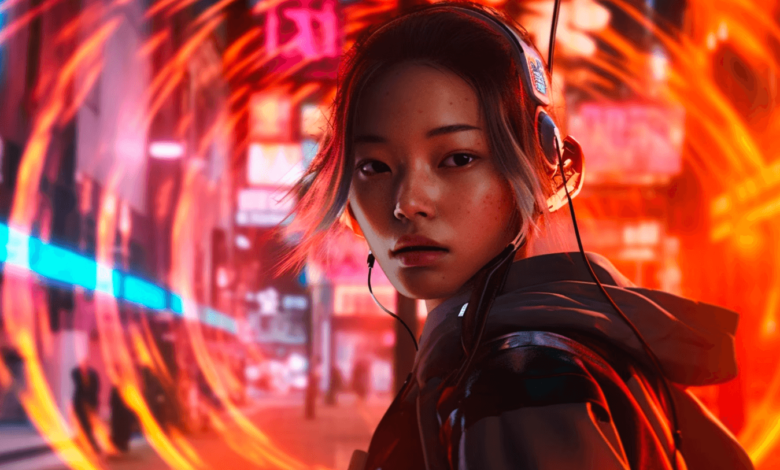How AI Is Helping Create Hyper-Realistic Digital Humans in Video Games

AI is significantly transforming the creation of hyper-realistic digital humans in video games. Through advanced machine learning algorithms, character design achieves unprecedented levels of detail and authenticity. Innovations in facial recognition and procedural animation enhance the realism of movements and expressions. As these technologies converge, they promise to redefine player interactions and emotional engagement. Yet, the implications of this evolution extend beyond mere aesthetics, raising questions about the future of virtual experiences.
The Role of Machine Learning in Character Design
As machine learning technologies advance, their integration into character design has transformed the development of hyper-realistic digital humans in video games.
Neural networks facilitate design optimization by analyzing vast datasets, enabling the creation of lifelike textures and movements.
This innovative approach allows developers to achieve unprecedented realism, enhancing player immersion and emotional engagement.
Ultimately, machine learning empowers creative freedom while refining digital human representation.
Advances in Facial Recognition Technology
Recent advancements in facial recognition technology have significantly enhanced the realism of digital humans in video games.
Innovations in facial mapping enable precise replication of human features, while advanced expression analysis allows for dynamic emotional representations.
These technologies empower developers to create lifelike characters that respond authentically to gameplay, ultimately enriching player experiences and fostering deeper emotional connections within virtual environments.
Procedural Animation Techniques for Realism
The integration of procedural animation techniques has emerged as a pivotal enhancement in achieving realism in digital humans within video games.
By leveraging motion capture data alongside physics simulation, developers can create fluid, lifelike movements that respond dynamically to environmental interactions.
This innovative approach not only enriches character animation but also promotes a more immersive gaming experience, allowing players greater freedom in their interactions.
Enhancing Player Experience Through Emotional Intelligence
Although advancements in graphics and animation have significantly elevated the visual fidelity of digital humans, the true depth of player experience lies in the integration of emotional intelligence within these characters.
By fostering emotional engagement, developers enhance player immersion, allowing users to connect deeply with narratives.
This innovative approach transforms gameplay, creating a more compelling and resonant experience that transcends traditional gaming paradigms.
Also read: How AI Is Helping Create Hyper-Realistic Digital Humans in Video Games
Conclusion
In the tapestry of modern gaming, AI intricately weaves threads of hyper-realism, breathing life into digital humans with unprecedented authenticity. Machine learning sculpts character design, while facial recognition serves as the mirror reflecting genuine emotion. Procedural animation, like a nimble dancer, ensures fluidity in movement, engaging players in a symphony of interaction. As these technologies converge, they forge immersive experiences that resonate deeply, transforming virtual landscapes into vibrant realms where players connect not just with games, but with lifelike companions.





